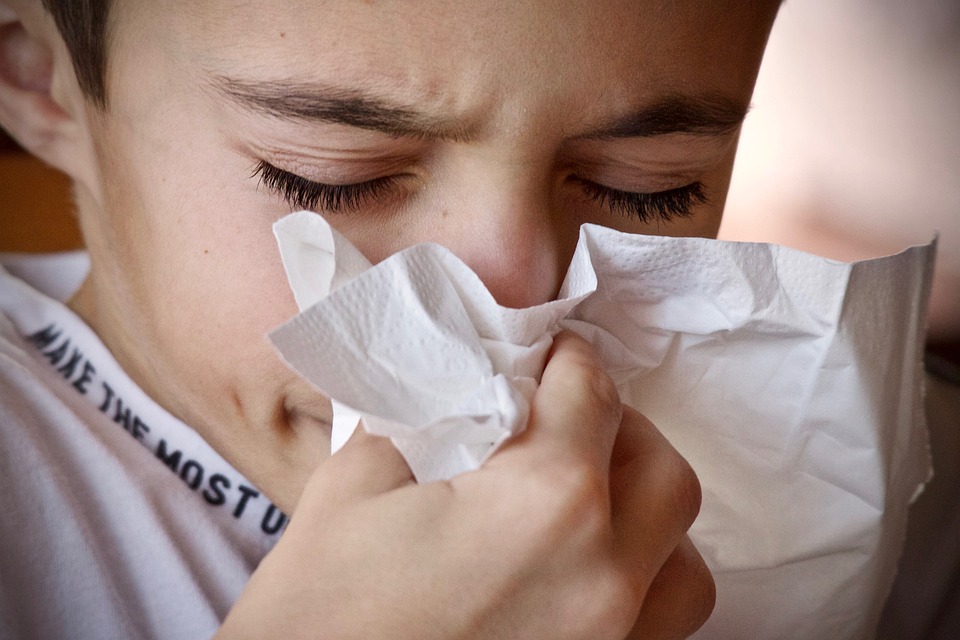Childhood Allergies: Symptoms and Treatments by David Novak (Healthline)
December 10, 2013Child Care, Childhood Allergies: Symptoms and Treatments, Guest Post, Health and Wellness, Healthline,

Causes


Hello, I am SJ! I’m a Licensed Professional Teacher and Nurse, reading and special education advocate, homeschool mom, mompreneur, stay-at-home mom of two boys, and happy wife of an educator.
I am frugal, practical, and minimalist. I believe that having a happy life doesn't need to be expensive or extravagant. I’m a multitasker but not too much anymore because I value the quality of life with my family more than anything else. What I blog about speaks of my lifestyle and what I believe in that I want to share with you hoping that somehow you can learn something from.
Writing for All-Around Pinay Mama blog was once my diversionary activity to keep me sane while juggling different roles. But now, I am so blessed to have this platform as a means to share something purposeful and useful while learning from you.
For collaborations, advertisements, or inquiries, you may send me a message at all.around.mama@gmail.com. Happy reading!
In today’s fast-paced lifestyle, having your PSA certificate online delivered straight to your doorstep has become the go-to option for man...
.jpg)
0 comments
Thanks for stopping by!
I would love to know your feedback!